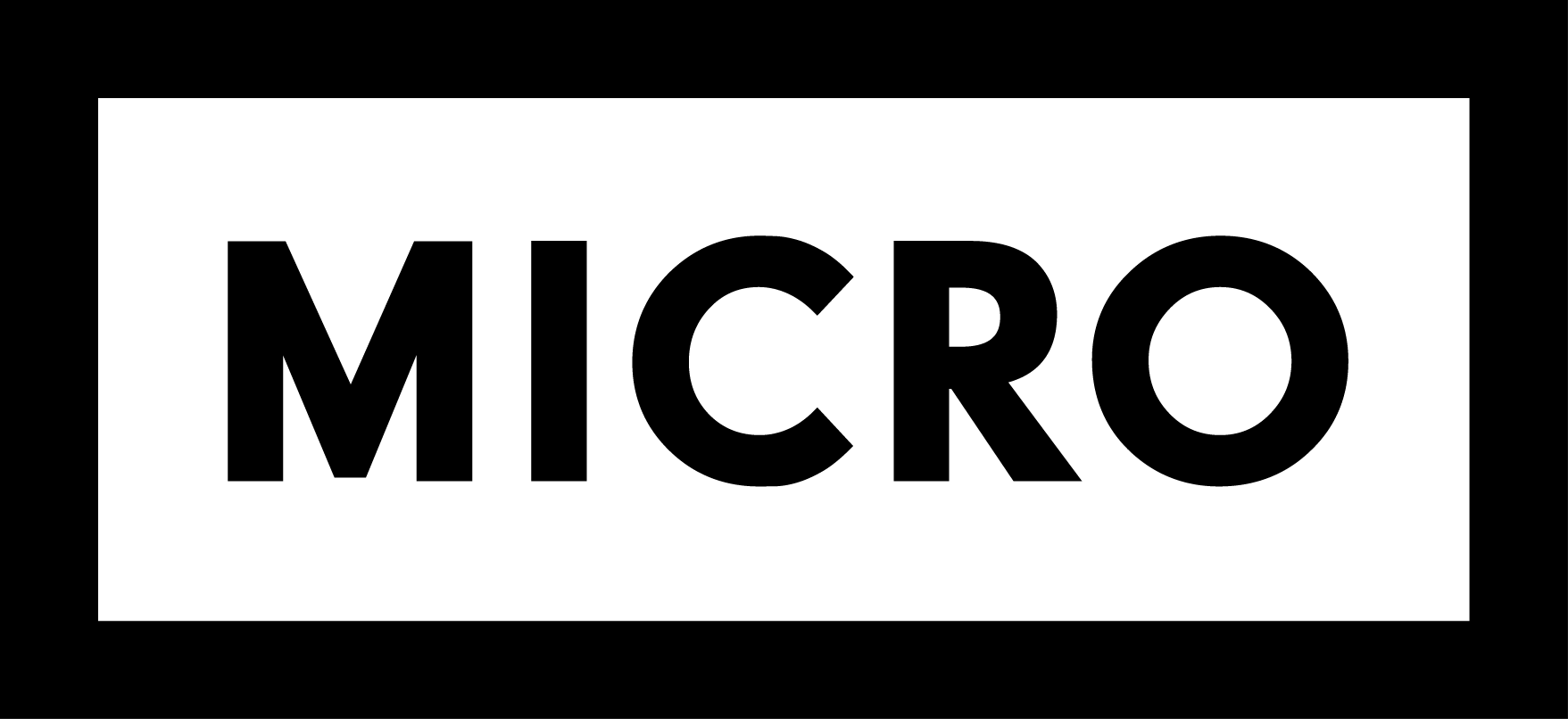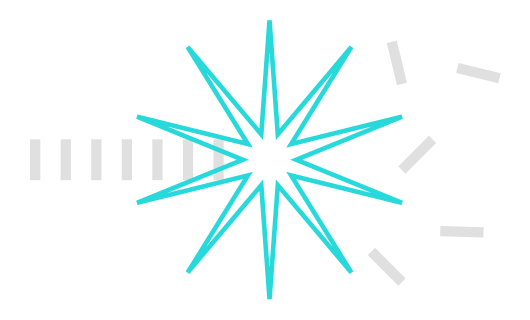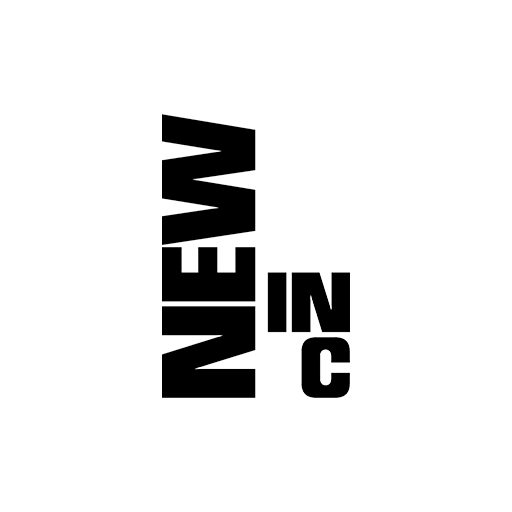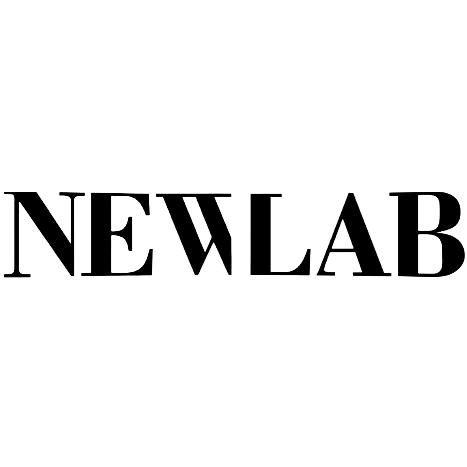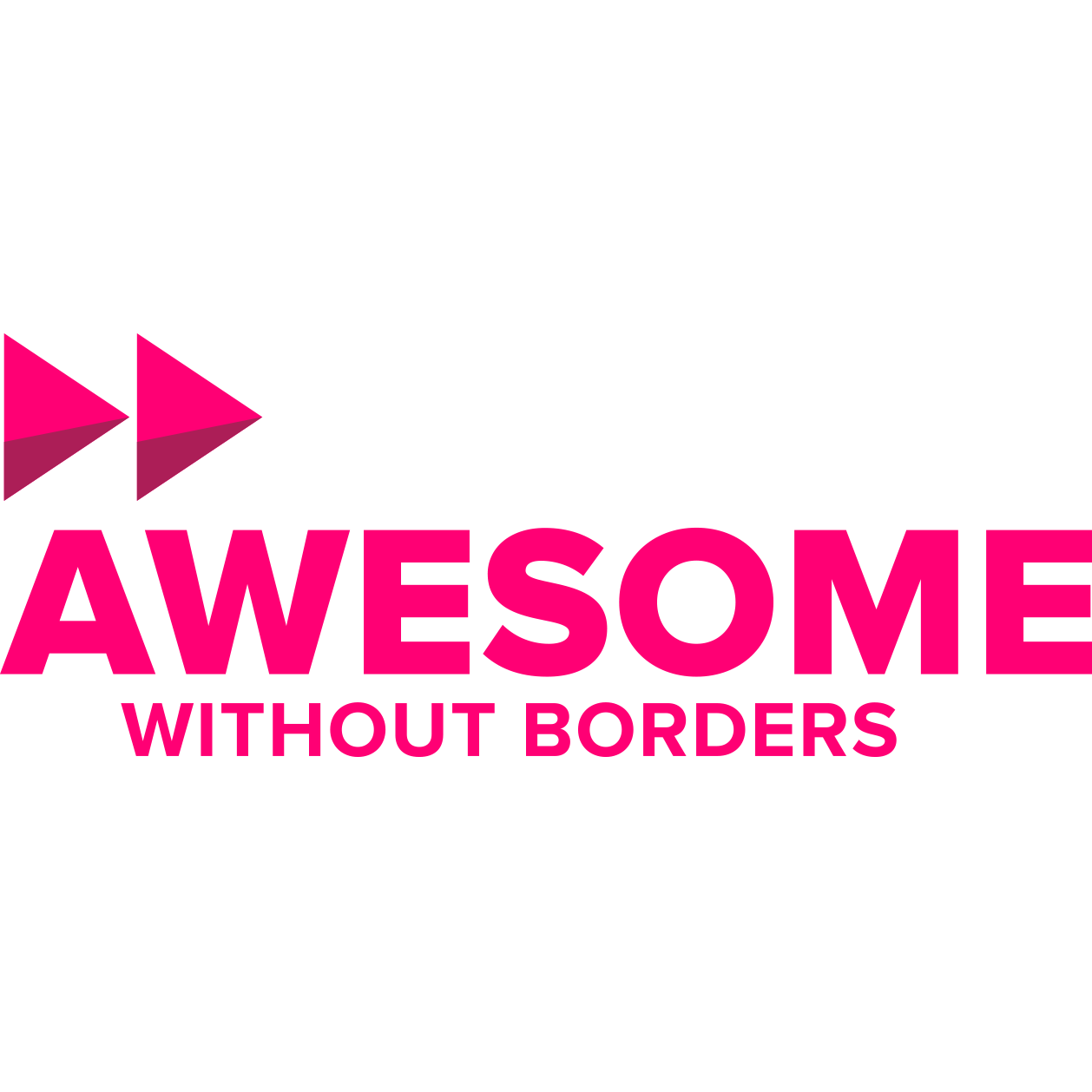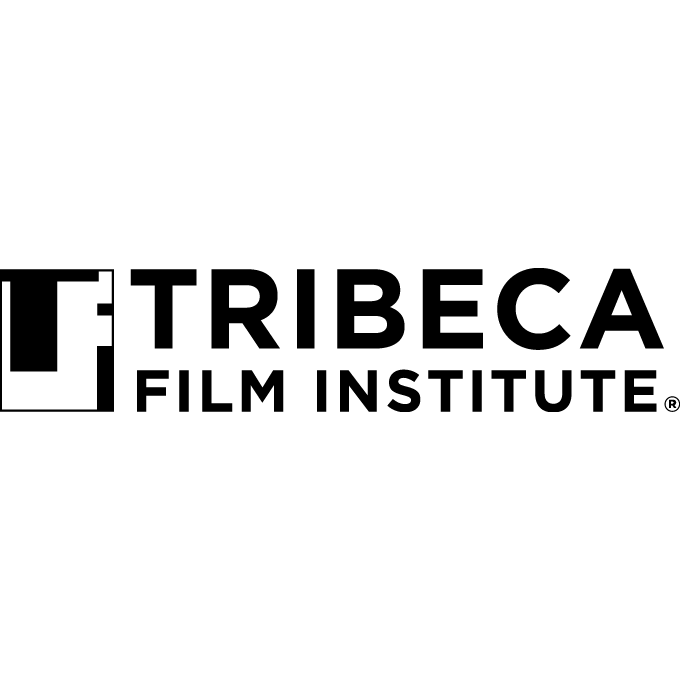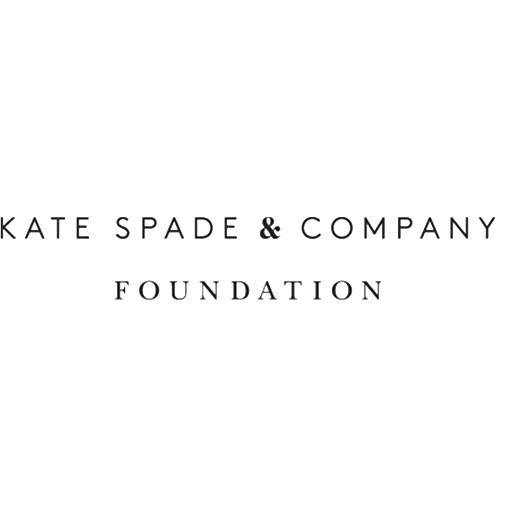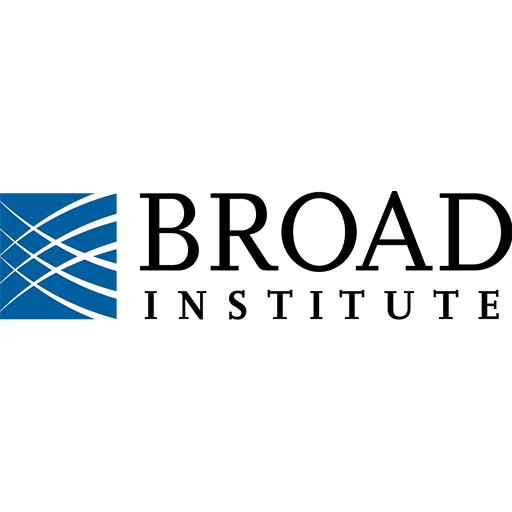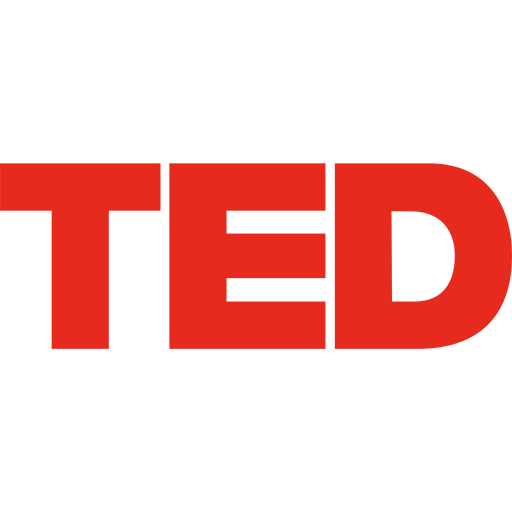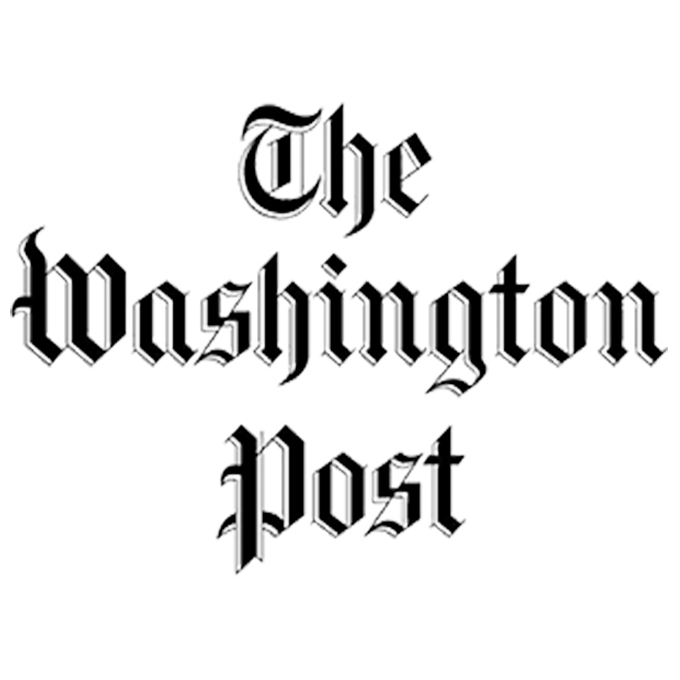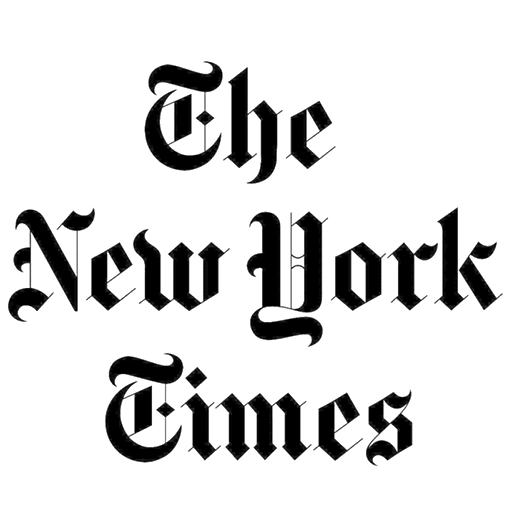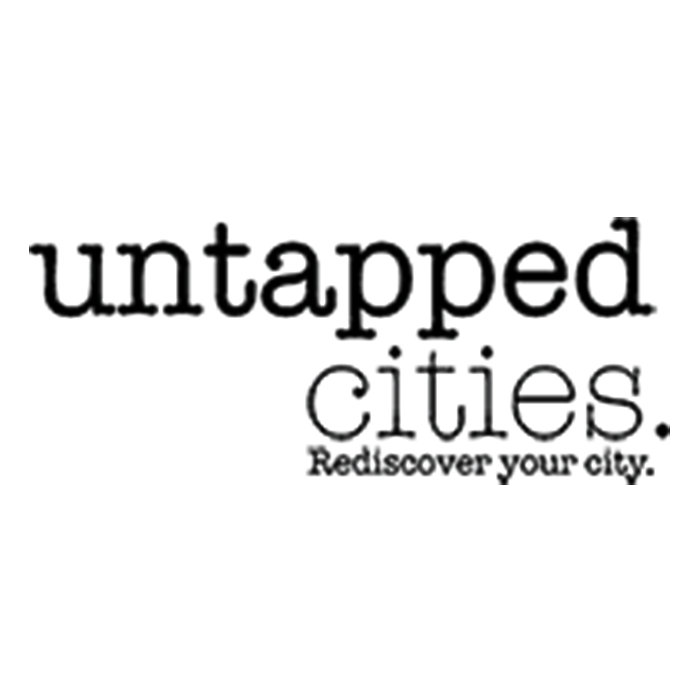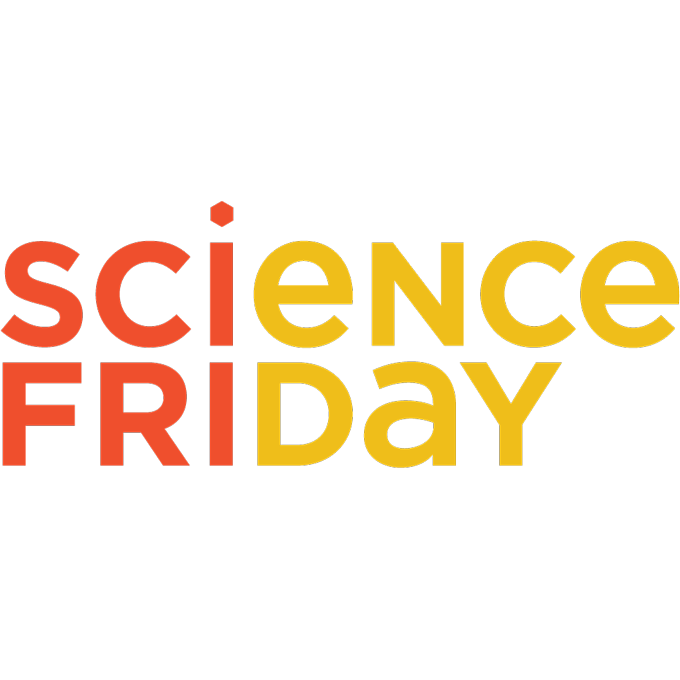
MEET MICRO
THE FIRST DISTRIBUTED MUSEUM
MICRO is democratizing access to museums by putting a fleet of tiny museums into public spaces and changing who’s voices are part in those museums.
We work with community groups and the public to help their voices become part of the cannonization of knowledge.
GO FORTH AND MULTIPLY
Our team of scientists, designers, engineers, and storytellers help you to take a vast, complex world, and squeeze it down into tiny boxes that can go anywhere.
From hospital waiting rooms to the DMV, MICRO’s fleet of museums show up in the places you least expect them.
SMALL THINGS. BIG DIFFERENCE
Small changes, when repeated at scale, add up to change the systems we’re all part of.
Curiosity is evenly spread, but opportunity isn’t. If you’ve ever wondered how snails have sex, or what happens at the end of the universe, then MICRO is here to help you build a tiny museum.
THEORY OF CHANGE
TIME FOR A NEW APPROACH
MICRO is on a mission to provide equal access to fundamental knowledge because museums are important sources of knowledge, but their impact is limited.
Museums cluster. In New York City, Manhattan has 85 museums. The Bronx has 8. The boroughs have the same population. Entry is often expensive, and audiences are narrow: across America, 90% of museum visitors are white.
MEET PEOPLE WHERE THEY ARE
MICRO is committed to building education for a culturally decentralized future. We believe that access to high quality information is the largest lever to changing culture.
We work with school groups, civic organizations, and members of disempowered communities to help them make their voices become a larger part of cultural institutions.
MUSEUMS OF THE FUTURE
MICRO began this mission by placing six-foot-tall museums in public spaces across New York city in 2017, museums which were visited by millions of people. Our museums became the most visited museums in New York during the Covid epidemic because we were in essential spaces like public hospitals.
Now we are on a mission to help others use these practices to share their essential knowledge.
